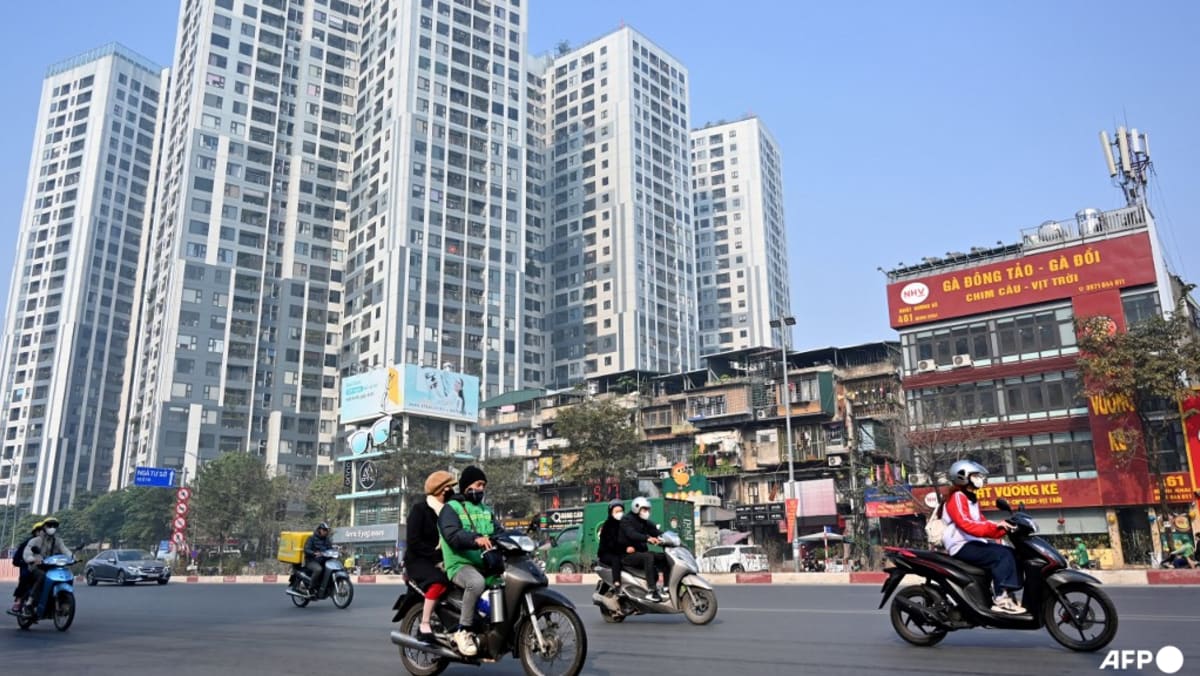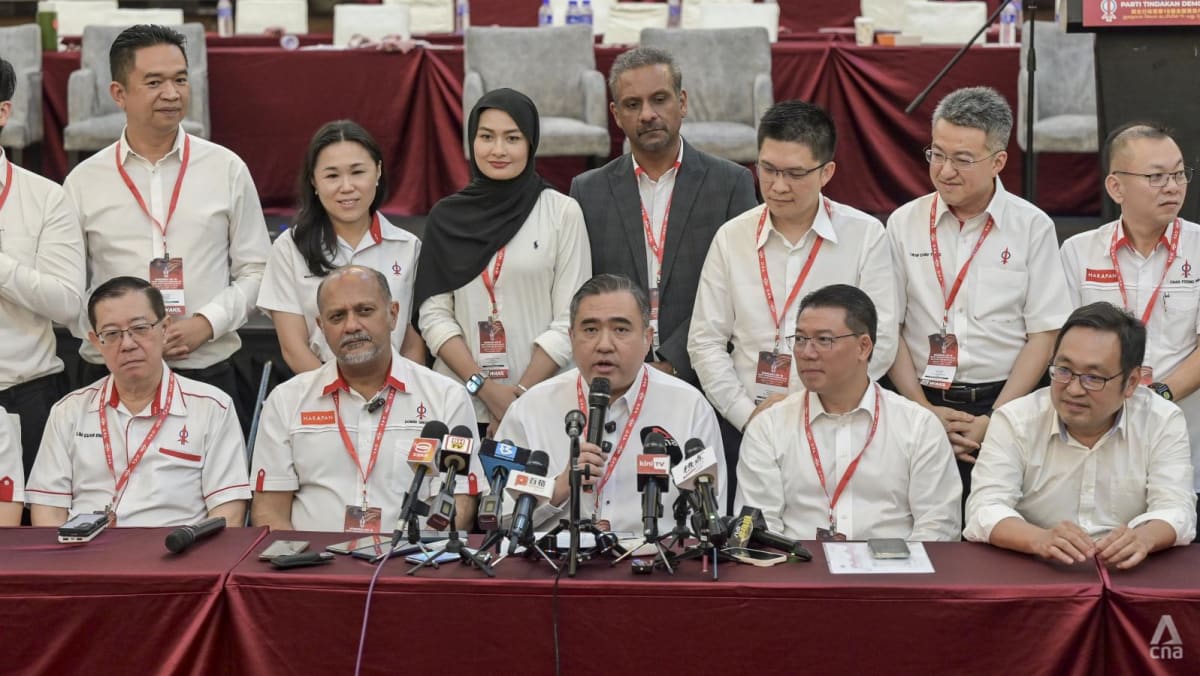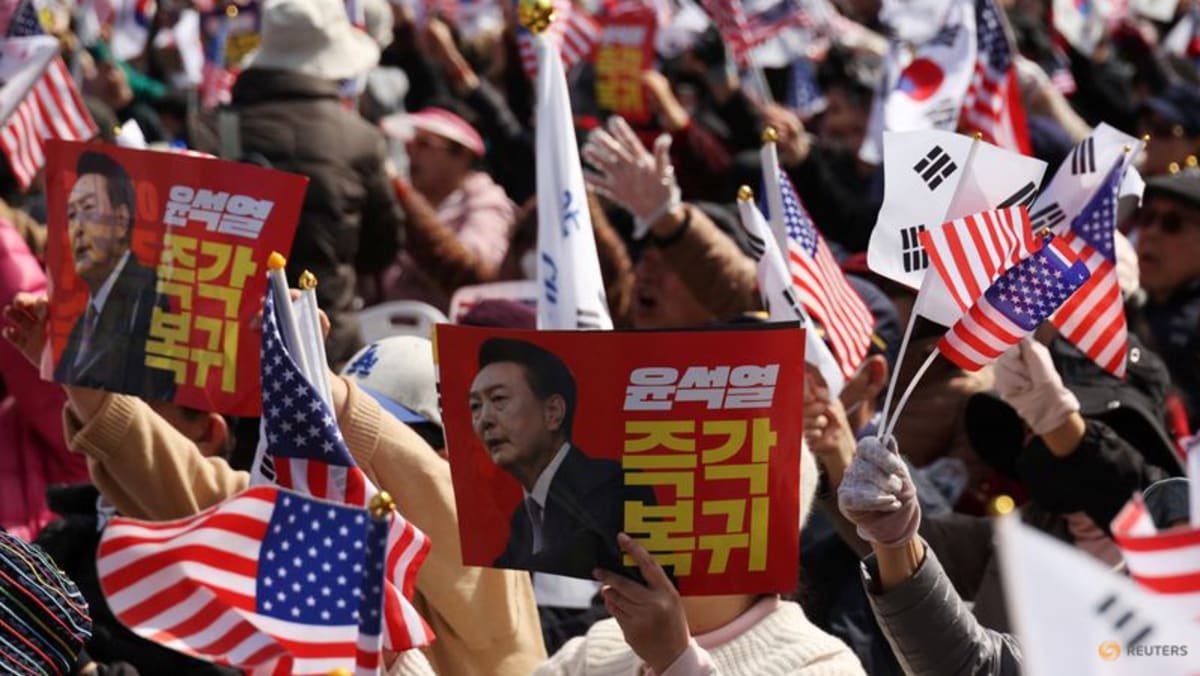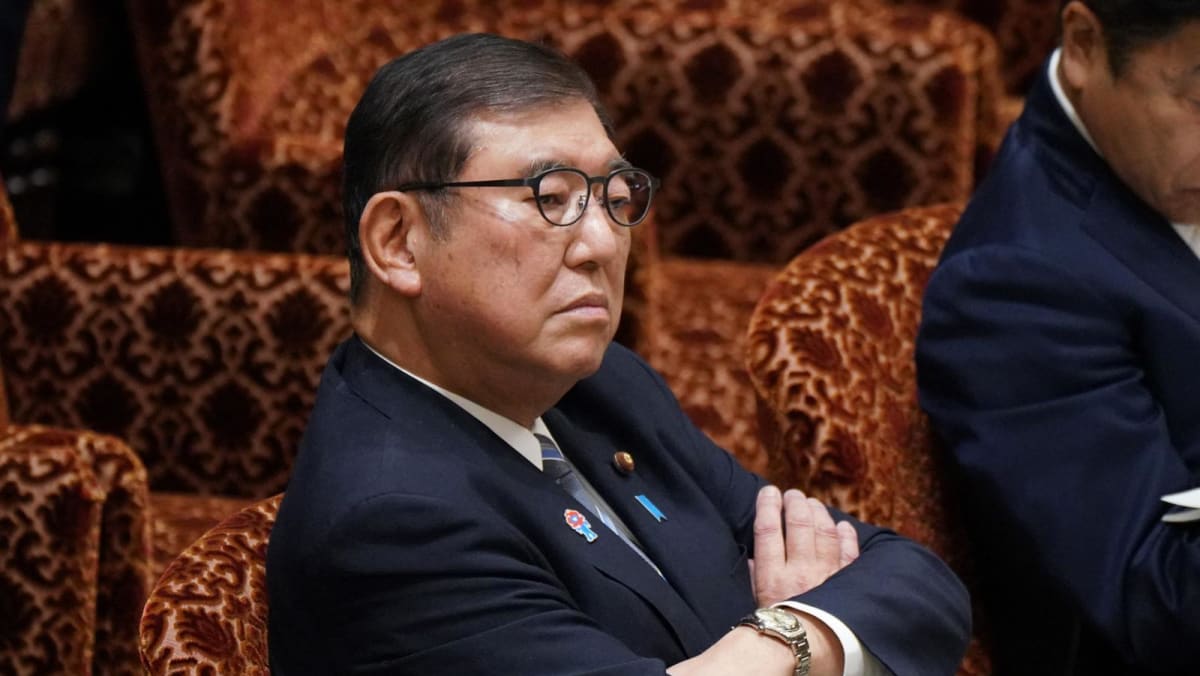Commentary: South Korea has world’s lowest fertility rate – that’s bad news for its economy
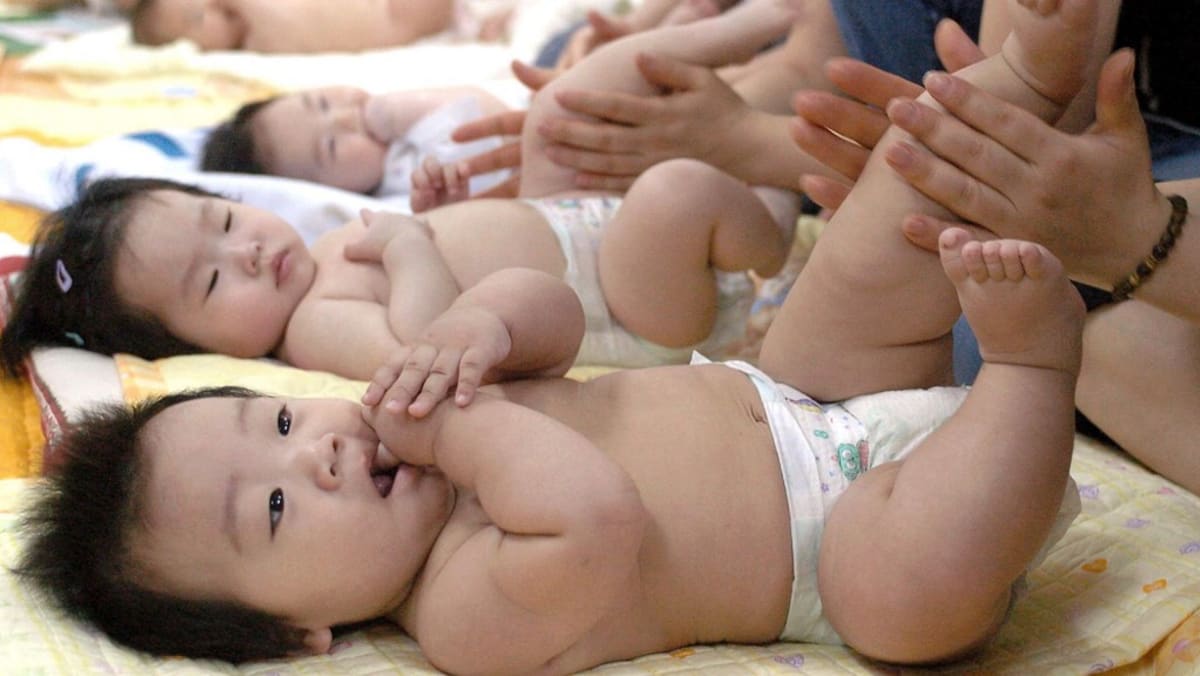
COLLEGE STATION, Texas: Around the world, nations are looking at the prospect of shrinking, ageing populations – but none more so than South Korea.
Over the last 60 years, South Korea has undergone the most rapid fertility decline in recorded human history. In 1960, the nation’s total fertility rate – the number of children, on average, that a woman has during her reproductive years – stood at just under six children per woman.
In 2022, that figure was 0.78. South Korea is the only country in the world to register a fertility rate of less than one child per woman, although others – Ukraine, China and Spain – are close.
As a demographer who over the past four decades has conducted extensive research on Asian populations, I know that this prolonged and steep decline will have huge impacts on South Korea. It may slow down economic growth, contributing to a shift that will see the country end up less rich and with a smaller population.
OLDER, POORER, MORE DEPENDENT
Countries need a total fertility rate of 2.1 children per woman to replace their population, when the effects of immigration and emigration aren’t considered. And South Korea’s fertility rate has been consistently below that number since 1984, when it dropped to 1.93, from 2.17 the year before.
What makes the South Korean fertility rate decline more astonishing is the relatively short period in which it has occurred.
Back in 1800, the United States total fertility rate was well over 6.0. But it took the US around 170 years to consistently drop below the replacement level. Moreover, in the little over 60 years in which South Korea’s fertility rate fell from 6.0 to 0.8, the US saw a more gradual decline from 3.0 to 1.7.
Source: CNA


